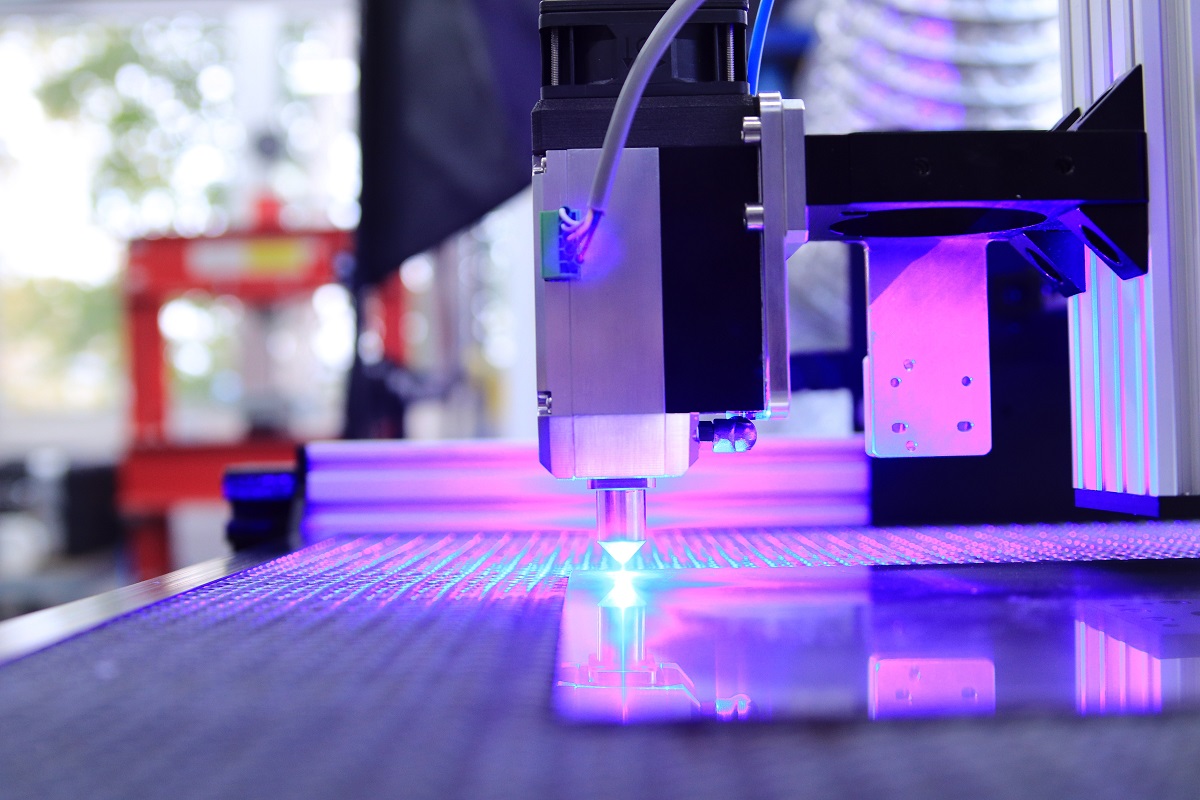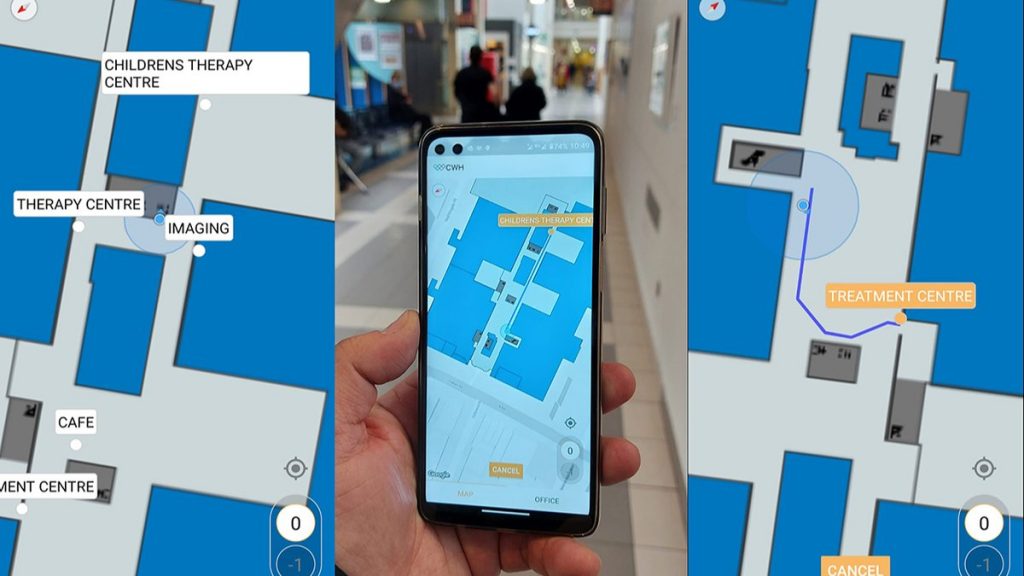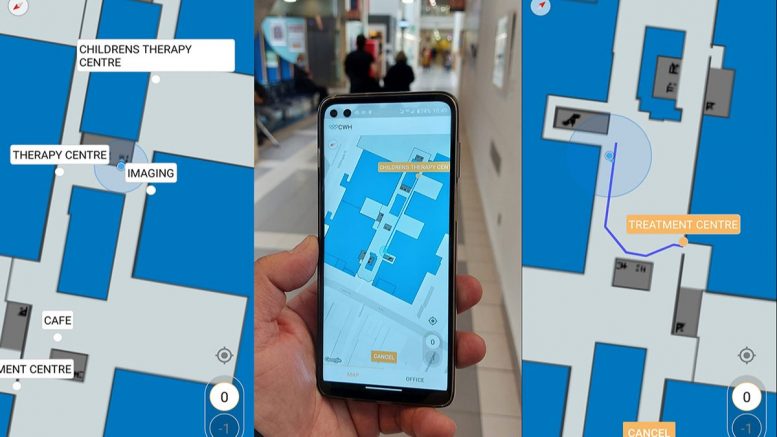Many of us grew up watching sci-fi and remember the early Star Trek show with great fondness. Not just because they were exciting at the time but because the amazing communicator technology used on the Starship Enterprise has become reality. Who expected that this device used by the crew would seem old-fashioned when compared to the smart phones we all use every day? The future has crept up on us. It has arrived. And we are using the technology as if it has always been available to us, without a second thought.
However, the future does not just happen on its own; the present needs to have a vision of what the future might be. And within the health sector there is currently an impressive amount of vision.
On TV quiz show there is a good chance that the words that people are most likely to associate with hospitals or medical things in general would refer to Patients, Doctors, Nurses, Medicines, Beds. And these are likely to continue to be what people think about first. But what about the other words that might make the top ten? Wheelchairs? Needles? Masks? Ambulances? This is what people think of today but looking ahead the list may change radically. Let’s look at the technologies that are making an impact on hospitals and which could referred to in quizzes in the future.
The Technology Making an Impact in Hospitals
Nanomedicine
Nanomedicine applies the tools of nanotechnology to the treatment and prevention of illness. It involves the use of nanoscale materials for the delivery of therapeutics (including vaccines), biomarker discovery, bioimaging and for the treatment of neurodegenerative diseases.
There are a number of start-ups around the world with interesting projects, including Israel’s Vecoy Nanomedicines looking to treat viral infections by administering novel nano-scale virus-traps that capture and destroy viruses.

Image | Unsplash.com
3D Printing
Additive manufacturing is where a digital file is used to create physical objects by adding multiple layers – it is more commonly called 3D printing. The origins of the concept are found in the early 1980s and since then more than a dozen methods or technologies have evolved, with examples of 3D printing in medicine (actual and potential) including: organ and tissue manufacturing; personalised medical equipment; customised implants and prosthetics; anatomical models for education and surgical planning.
California-based Organovo is one of the leaders in the research and development of 3D bioprinting; they have a goal of 3D printing patches made of human tissue for defunct organs and entire organs for transplantation.
Bioprinting
Bioprinting is an extension of 3D printing technology, specifically in tissue engineering. It involves precisely placing cells, growth factors, and biomaterials to create tissue-like structures. This technology is advancing in creating tissue samples for research and holds the potential for producing organ transplants. A notable development is the creation of vascularized tissues, which are crucial for the survival of larger tissue structures.
Wearable Health Technology
This innovation has moved beyond fitness trackers to sophisticated medical devices. Many devices can monitor health metrics such as heart rate, blood pressure, glucose levels, and oxygen saturation. Advanced wearables can also detect abnormalities like atrial fibrillation and send real-time health data to healthcare providers.
Wearable health technology is especially beneficial for monitoring chronic conditions. For instance, wearables could aid in the early detection of stage 5 kidney failure symptoms, allowing for timely medical intervention and management of the disease.
Overall, this technology can empower individuals to take proactive measures to improve their health and well-being.
Robotics
Surgical Robots are machines that execute surgical tasks. But they are not autonomous. A (human) surgeon performs the surgery using robotic instruments that they guide via a console. Although tiny wristed instruments move like a human hand, they have a much greater range of motion. The small size of the instruments means surgeons can operate through one (or a few) small incisions, helping with complicated operations by allowing greater precision and flexibility than traditional techniques.
Globally, da Vinci surgical systems is the oldest and most widely used system in this field.

Image | BuzzStreets.com
Wayfinding
Wayfinding technology is an important step forward in making hospitals become more patient-oriented. It also saves the hospital time and money.
More than 85% of patients ask for directions when they go to a hospital or other public health facility, and 30% of first-time visitors get lost (Source: Deloitte Digital). Wayfinding enables patients and other visitors to navigate from outside the hospital all the way to the specific location they need, whether that is a bed on a ward, a consulting room, the café, or the pharmacy.
This saves staff time; many times a day doctors and nurses are stopped (and therefore delayed) by visitors asking for directions; and often patients are late for appointments as they are lost within the hospital. Indoor Wayfinding solves both these problems.
Global positioning systems are part of everyday life and, in normal times at least, help to guide millions of people and vehicles down roads and pavements every day. Since the arrival of Google Maps, we are used to reliable digital navigation outdoors, so it’s an obvious next step to take this navigation indoors.
For example, BuzzStreets technology helps people navigate easier through hospitals as well as giving them a more independent experience. The navigation app can personlise the route, so if you want to avoid the stairs it will show you how, it can also choose the fastest or least busy route for you, plus it can highlight interesting features along the way, for example, it can tell you more about the art on the walls of the corridors.
BuzzStreets also includes features such as a communication system between patient and doctor, the possibility of scheduling appointments, receiving medical scans and prescriptions in the app, heat maps, contextual notification, updated and edited locations, appointment reminders, and multilingual voice guidance. All of these features, and indoor Wayfinding in general, have a direct and positive contribution to the experience of patients, staff and visitors.
The BuzzStreets technology can be found in a few pioneering hospitals, including the Chelsea and Westminster in London.
Smart Hospitals
The concept of smart hospitals goes beyond indoor wayfinding. These facilities leverage IoT (Internet of Things) technologies to enhance operational efficiency and patient care. Smart hospitals use sensors and connect devices for real-time patient health monitoring, efficient resource management, and predictive medical equipment maintenance. Additionally, they implement advanced data analytics for better clinical decision-making.
Artificial Intelligence
Healthcare use of artificial intelligence (AI) is expected to grow rapidly. Examples of ways that AI could reduce and/or mitigate risk include: helping to detect high risk patients by identifying those in need of medical intervention and triggering alerts to medical staff; and helping to deliver personalised recommended dosages by factoring in the unique body chemistry and associated environmental factors associated with individual patients.
The UK’s Babylon Health has a patient-centered remote consultation service that, through deep learning, can provide users with personalised insights to help them to better understand their health.
The NHS is taking new technology onboard, allowing it to reimagine what is possible in when it comes to the way that hospitals approach administration, consultation and support for staff and patients.
We’re crossing the next frontier for the development of hospitals.
About the Author
Joe Fernandes, founder and CEO of BuzzStreets, an award-winning navigation platform, that enables organisations (hospitals, shopping malls, airports, offices, stadiums, etc.) to offer their customers an indoor way-finder that allows them to navigate inside the building. The client arrives at the entrance or reception and then uses the bespoke app to navigate to the specific location (room, shop, check-in, office, or even seat) they need. BuzzStreets also supplies movement analytics that can help improve building efficiency and keep track of vital equipment.





